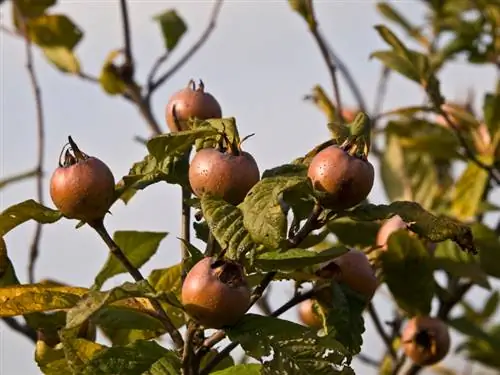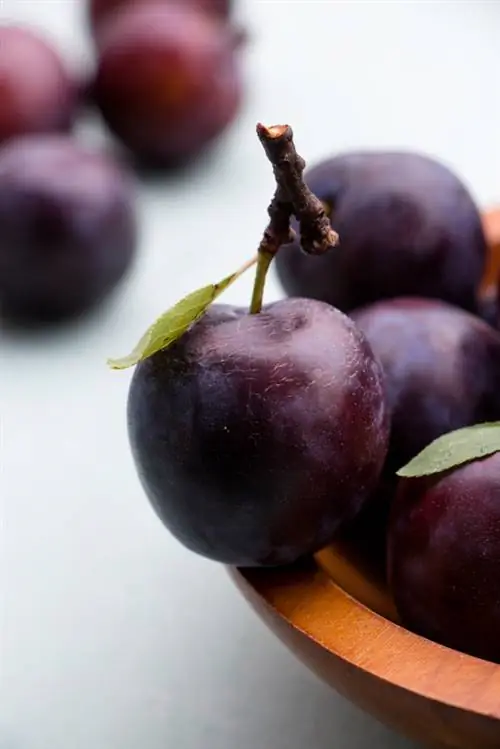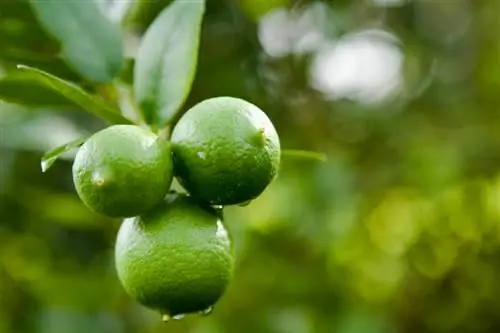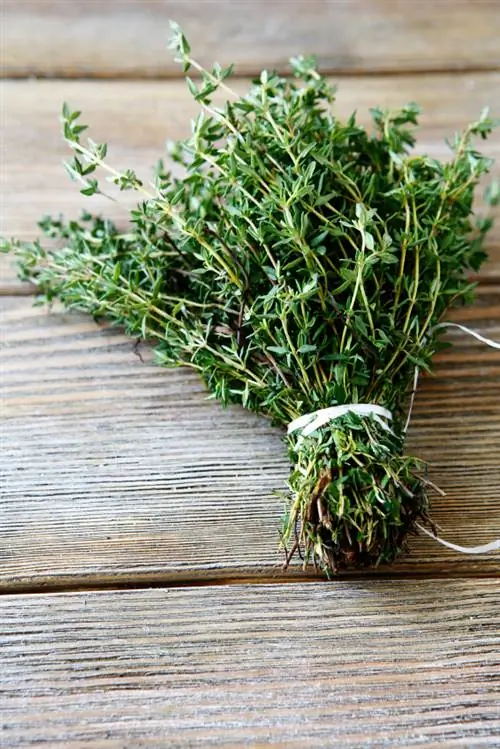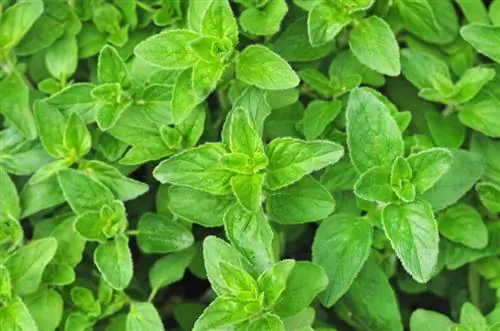- Author admin [email protected].
- Public 2023-12-16 16:46.
- Last modified 2025-06-01 06:02.
Chervil and coriander: Apparently confusingly similar - at least for laypeople. So that you know exactly in the future whether it is chervil or coriander, here is a comparison of the characteristics of both herbs.
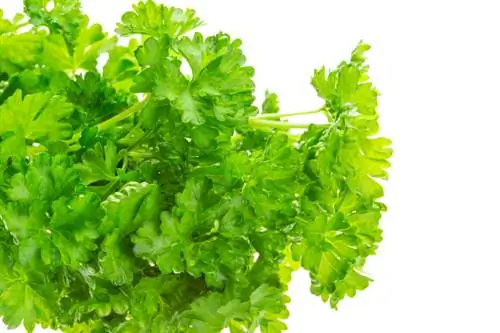
What is the difference between chervil and coriander?
Chervil and coriander differ in leaf shape, seeds and taste: chervil has pinnate leaves and a sweet, fennel-like taste, while coriander has three-lobed leaves and a musky, lemony taste. Its seeds are narrow-black (chervil) or spherical-light brown (cilantro).
External features in comparison
Similar to chervil and parsley, chervil and coriander are confused with each other. But this difference is striking: the leaves of chervil are feathery and are reminiscent of the fern from the forest. The leaves of coriander are three-lobed and the edge of the leaf with the notches has curves, but no points - in contrast to chervil.
What makes these two herbs difficult to distinguish is their flowers. If you have grown coriander and chervil and wait for them to bloom, you will see bright white umbel flowers on both herbs.
The seeds of the two are easy to distinguish. While coriander seeds are spherical and light brown, chervil seeds are black and elongated and narrow. Furthermore, the seeds of coriander are dark germinators and the seeds of chervil are light germinators.
Purely a matter of taste
There are many people who don't like coriander. For some it already smells repulsive. Others love its musky, lemony smell. Chervil smells different. Its smell can be described as fennel-anise-like and sweet. The tastes of the two culinary herbs are also different and their smell is very similar.
Differences in use
Coriander is known for both its herb and its seeds for seasoning dishes. It is impossible to imagine Asian cuisine without it. It enriches vegetable and rice dishes, sauces and salads. In addition to seasoning food, it is used to remove heavy metals from the brain as it can cross the blood-brain barrier.
The herb of chervil is mainly used in the kitchen in fresh form or thawed after freezing. Among other things, it is used to season:
- Sauces
- Stew
- Eggs
- Braised tomatoes
- Soups
- Vegetable dishes
- Meat such as lamb and poultry
Tips & Tricks
Both herbs should not be dried after harvesting, but rather frozen or used immediately. Otherwise they will lose a lot of their aroma.


